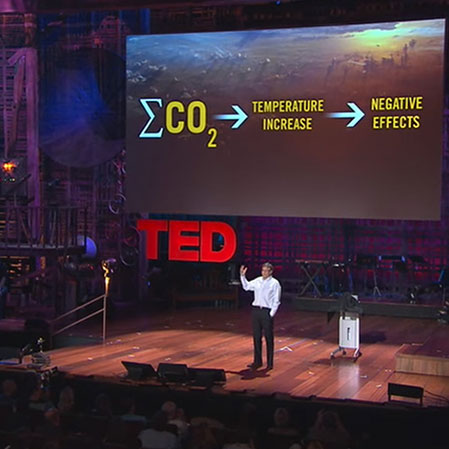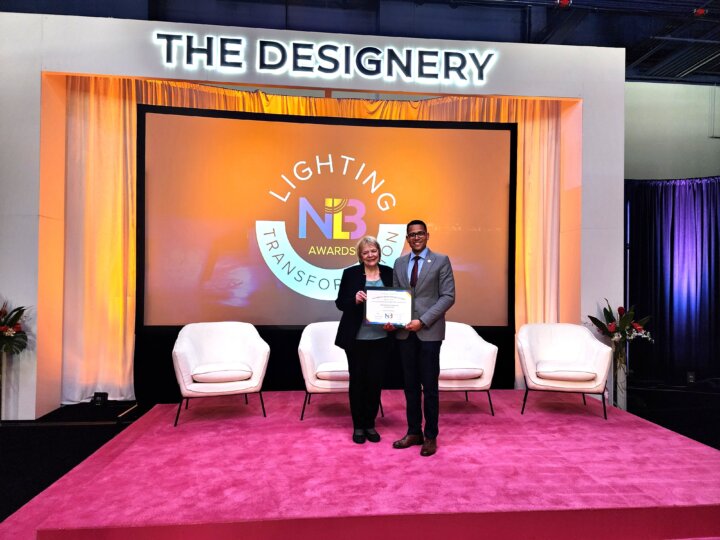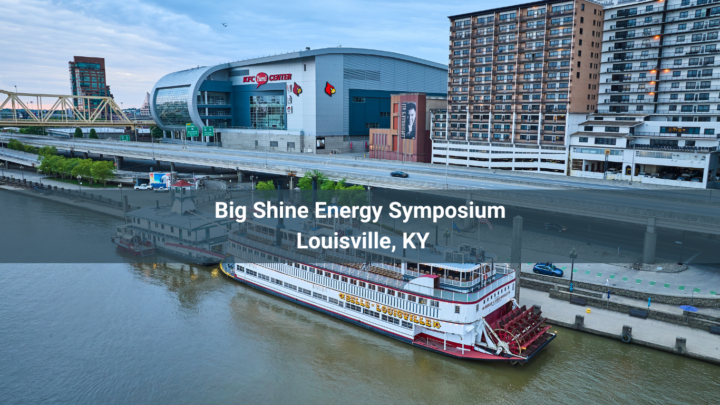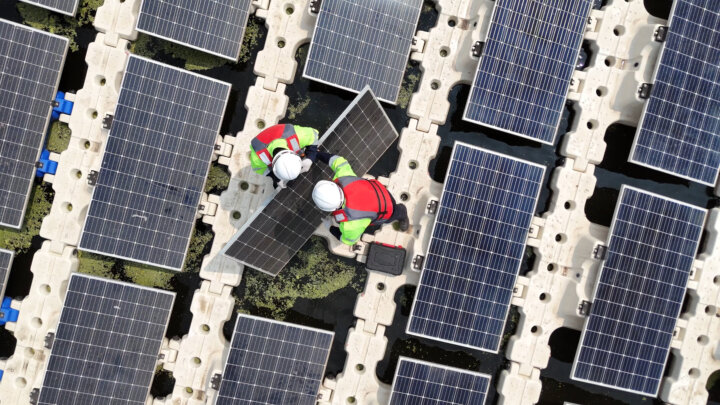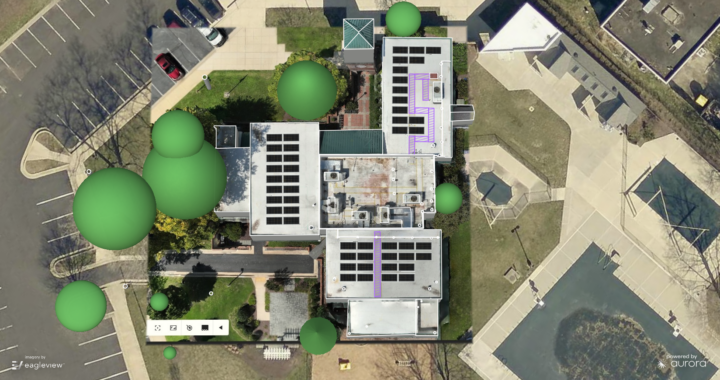In 2010, Bill Gates gave a TED Talk about the importance of developing technology that would eliminate carbon emissions. He opened with the strong observation. While his work at the Gates Foundation focuses on finding ways to maintain a balanced, healthy society for the poorest 2% of the world, these are the same places that will be harmed the most by the negative effects of global warming due to CO2.
Constant changes to our climate affect poor countries much more than others. In the United States, when certain regions suffer droughts, we feel the negative effects much more subtly than when a country that is already fragile goes through a drought. The effects of climate change in poor areas of the world are catastrophic.
Now that the cost of energy used to power electricity has become cheaper as civilization has advanced, there is much more CO2 being released. The results are things like natural imbalances and failing ecosystems. Gates asks the question, “Do we really have to get to absolute zero carbon emissions?” Scientists conclude the answer to be yes, because if we don’t, the temperature of Earth will continue to rise.
As of 2010, the world produced 26 billion tons of CO2 annually. People on average produced five tons annually. According to CarbonBrief.org, carbon emissions grew by 0.4% per year between 2013 and 2016. In his talk, Gates illustrates that our ideal 2020 report card has a 20% reduction of CO2 emissions and significant innovation progress toward Zero Emissions.
He also states that in order to bring CO2 down to zero, we need hundreds of companies and at least 100 individuals to participate in pursuing new ways of electricity generation. Gates also creates a detailed perspective of where CO2 can realistically be brought to zero by using an equation.
CO2 = P x S x E x C
The amount of people multiplied by services per person, amount of energy per service, and the carbon per unit of energy produced determines the global carbon output. The best chance of bringing carbon down to zero is by finding ways to produce energy that will not produce carbon emissions. We’re almost at the 2020 mark. What are we doing to reduce the carbon emissions from energy use down to zero?
Big Shine Energy is participating in the effort to eliminate CO2 emissions through our #ApproachingZero Campaign. There are many countries that produce little to no carbon emissions. By helping customers across the U.S. and even worldwide to reduce their energy use by about 75%, we’re giving them a fighting chance against climate change. Companies want to take responsibility for their contribution to carbon emissions by reducing the amount of energy they use. View the current status of Big Shine Energy’s Approaching Zero Campaign here.

